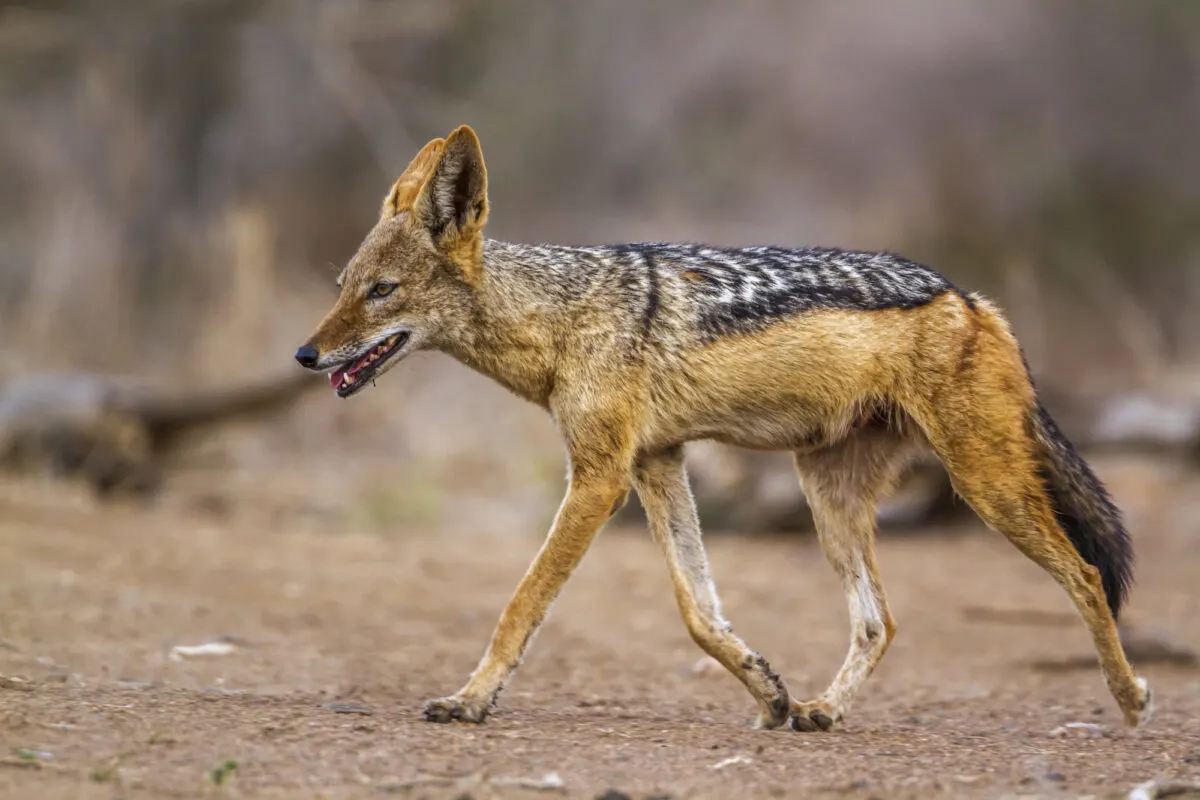Animal Kingdom is a fascinating place, filled with unique and intriguing creatures that often surprise us with their behavior and interactions. This event depicts the absolute bravery of the Jackal.
In this article, we will explore the daring move made by a jackal in the shadow of an elephant. This unexpected event sheds light on the complex relationships between animals in the wild.
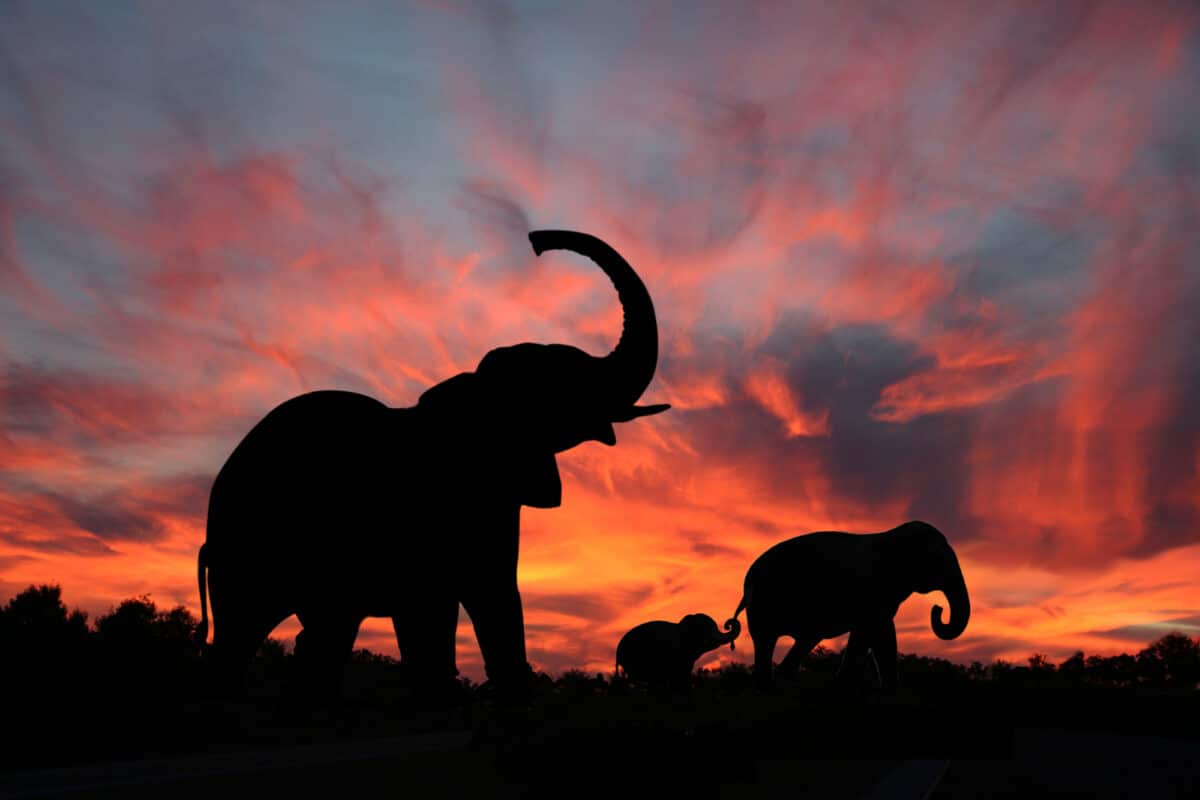
Want to jump ahead? Click below
Comparison Table
| Aspect | Jackal | Elephant |
|---|---|---|
| Size | Small | Large |
| Diet | Scavenger, opportunistic predator | Herbivore |
| Behavior | Daring move to feed on an elephant carcass | Social mourns the dead, protective of the herd |
| Survival Strategy | Scavenging for food, adaptability | Large size, strength, protective behavior |
| Role in Ecosystem | Helps in carcass decomposition | Shapes environment, influences vegetation and habitats |
| Risk-taking | Daring move to feed on elephant carcass | Generally cautious, protective of herd |
| Implications | Lessons on risk-taking, learning from others | Insights into social dynamics, cooperation, and risk |
| Conservation | Important for ecosystem balance | Requires habitat protection and conservation efforts |
Story Of The Jackal And The Elephant
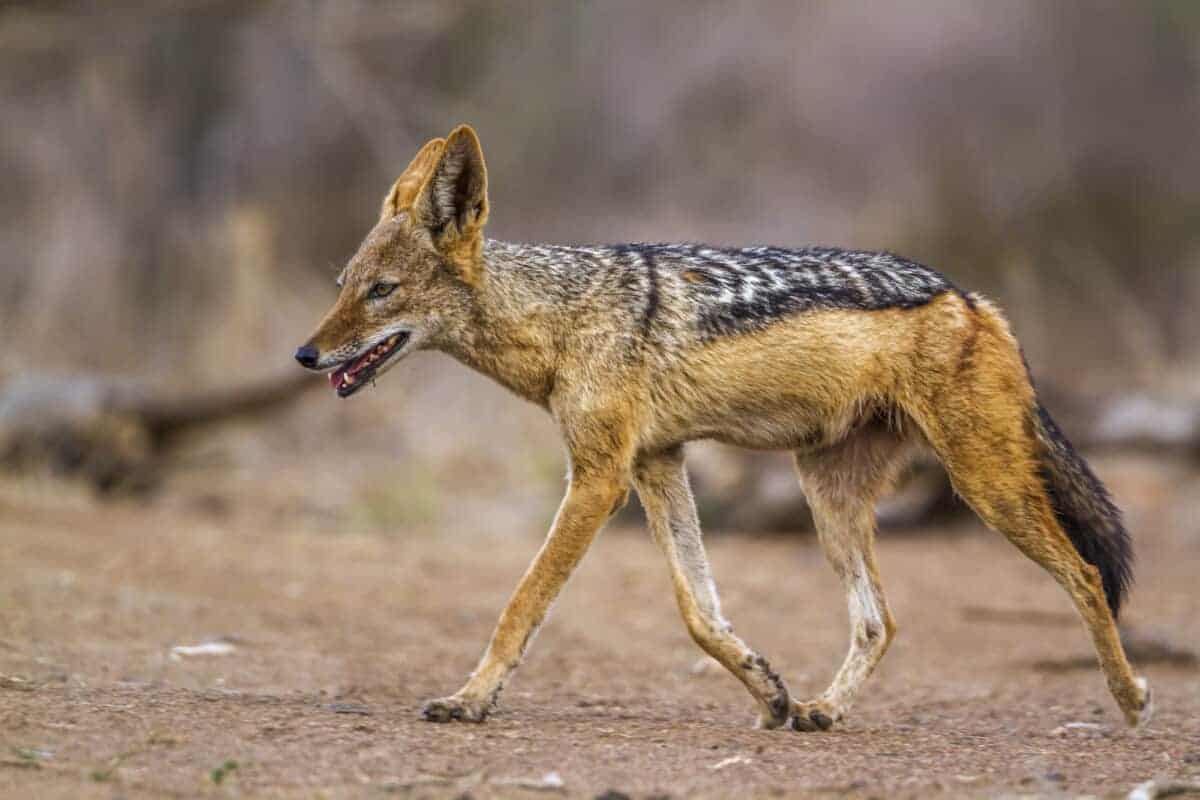
- The Setting: The Savannah
Savannah is home to diverse wildlife. It is a unique ecosystem characterized by large herds of herbivores such as zebras, wildebeests, and elephants and numerous predators like lions, hyenas, and jackals. The savannah is a dynamic environment where animals must adapt to survive.
- The Jackal’s Motivation
Jackals are opportunistic predators that scavenge or hunt smaller prey. They live in packs and cooperate to take down larger prey. The jackal in this story was likely hungry and searching for food when it caught sight of an elephant carcass.
- The Elephant’s Presence
Elephants are known to mourn their dead by staying in the area, often close to the carcass, for extended periods. This behavior has been observed in many elephant populations across Africa. The presence of the elephant carcass provided an opportunity for scavengers like the jackal to feed.
- The Jackal’s Daring Move
Approaching a fresh elephant carcass would typically be too risky for a jackal. Despite the elephant’s size, it was no longer a threat, and the jackal saw an opportunity. The jackal’s move was daring because elephants are known to be highly protective of their dead. However, the jackal’s hunger likely outweighed its fear of the elephant’s presence.
- The Aftermath
The jackal successfully fed on the elephant carcass, but it eventually had to retreat when other scavengers like hyenas and vultures arrived on the scene.
This event demonstrates the opportunistic nature of animals in the wild and their ability to adapt to changing circumstances. It also highlights the complexity of animal relationships, where even the presence of a dead elephant can create a unique opportunity for scavengers like the jackal.
Significance Of The Jackal’s Move
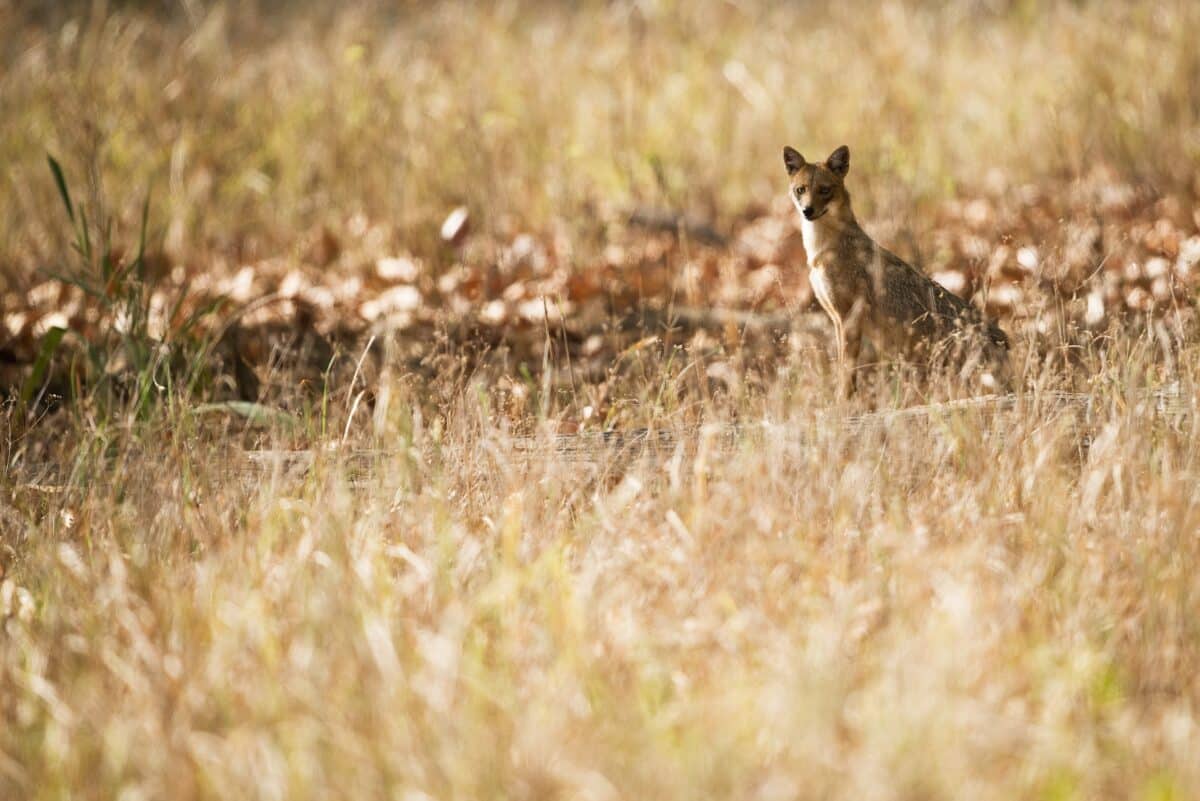
The jackal is a small and cunning mammal known for its scavenging ability. Scavengers in the wild have a crucial ecological role: keeping the environment clean from decaying carcasses. They excel at locating and consuming deceased animals, effectively minimizing disease transmission risks.
Learn more about the Jackal Behavior.
Role Of Scavengers In The Ecosystem
Scavengers is an essential part of the food chain, as they help to dispose of dead animals that may otherwise attract predators or become infected with the disease.
Without scavengers, the build-up of dead animals would affect the environment, leading to the spread of disease and the potential extinction of certain animal species.
- The Survival Strategies Of Different Animal Species
Survival in the wild is a constant battle requiring various strategies to ensure success. Different animal species have evolved to develop unique survival techniques that suit their natural habitats and lifestyles.
Some predators, like lions or hyenas, hunt for their food, while others, like the jackal, rely on scavenging. Adaptation is key to survival in the wild, and animals must be able to respond to changes in their environment to thrive.
In the specific case of the jackal’s move in the shadow of an elephant, the significance lies in the animal’s ability to take advantage of the situation. By using the elephant as a source of protection, the jackal was able to scavenge for food without being threatened by larger predators. It is a testament to the adaptability and survival instincts of this resilient animal.
The jackal’s move highlights not only the importance of scavengers in the ecosystem but also the intricate strategies employed by different animal species to survive in the wild. Understanding these complex relationships and behaviors is crucial to preserving our planet’s natural balance and ensuring all animal species’ survival.
Broader Implications: Lessons For Human Behavior
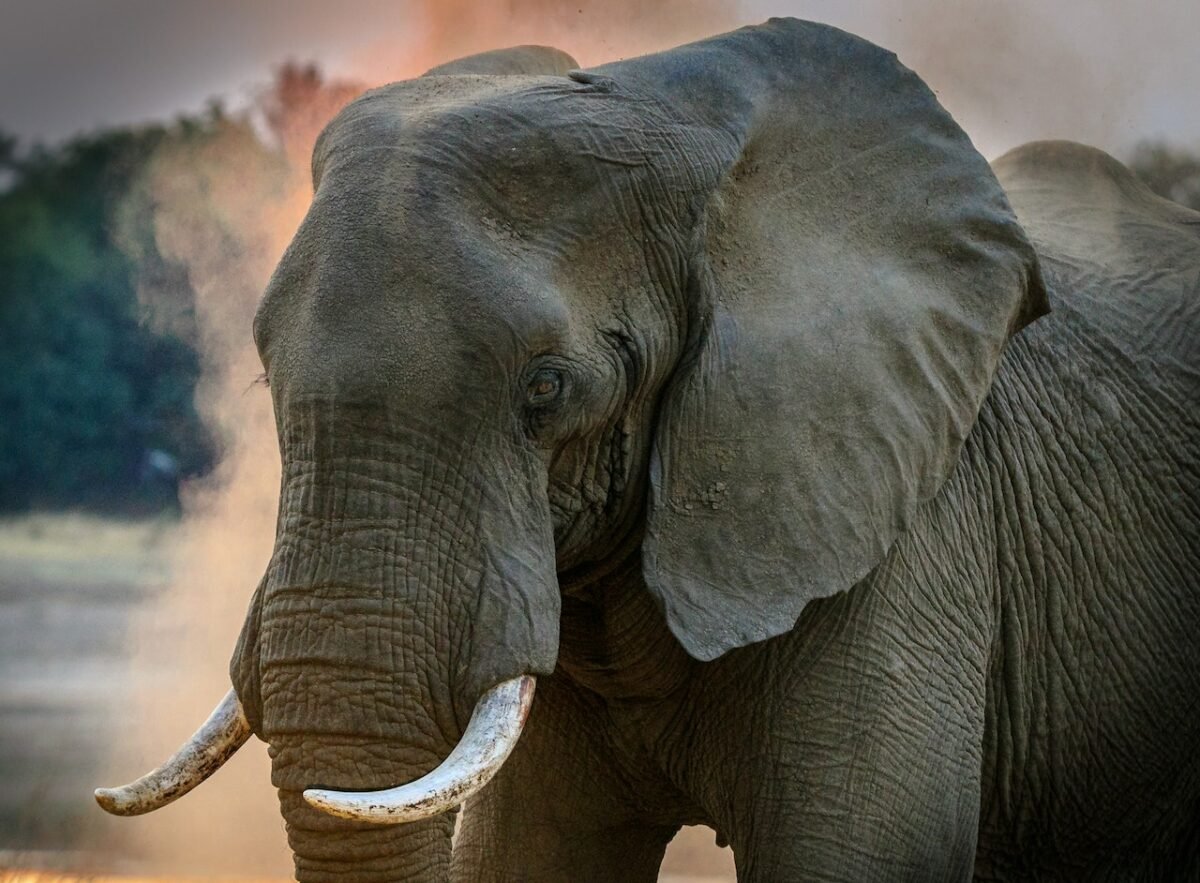
The incident between the jackal and the elephant raises important questions about courage and risk-taking. Just like the jackal, we humans often face risks in pursuing our goals, whether personal or professional. While it’s important to be cautious and mitigate risks, sometimes the rewards of taking a calculated risk can be substantial.
The jackal’s actions demonstrate that we can learn from others, even those from different species and backgrounds. For instance, studying animal behavior and interactions can offer insights into our social and emotional dynamics and help us understand the importance of cooperation and solidarity.
Conservation Efforts And The Importance Of Protecting Wildlife
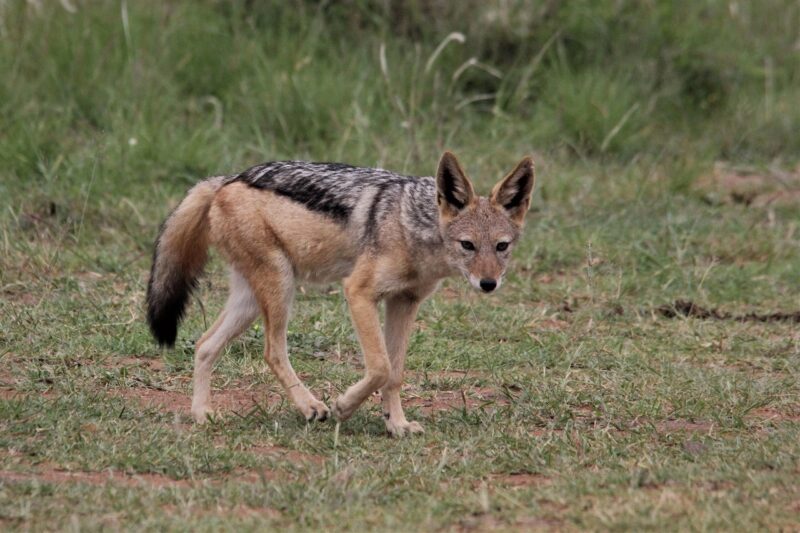
The survival of any species depends on a combination of factors, including habitat protection, food security, and reproduction. When one or more of these factors are compromised, it can lead to a decline in population or even extinction.
In the case of the jackal and elephant, both animals play important roles in their ecosystem, with the jackal fulfilling its niche as a scavenger, while the elephant helps to shape the environment through its feeding habits.
Protecting wildlife is crucial in preserving biodiversity and ensuring that these animals have a safe and healthy environment to thrive. This involves conservation, habitat restoration, anti-poaching measures, and community outreach and education.
By supporting these initiatives, we can play a role in safeguarding the natural world and promoting a sustainable future for all living beings.
Key Points
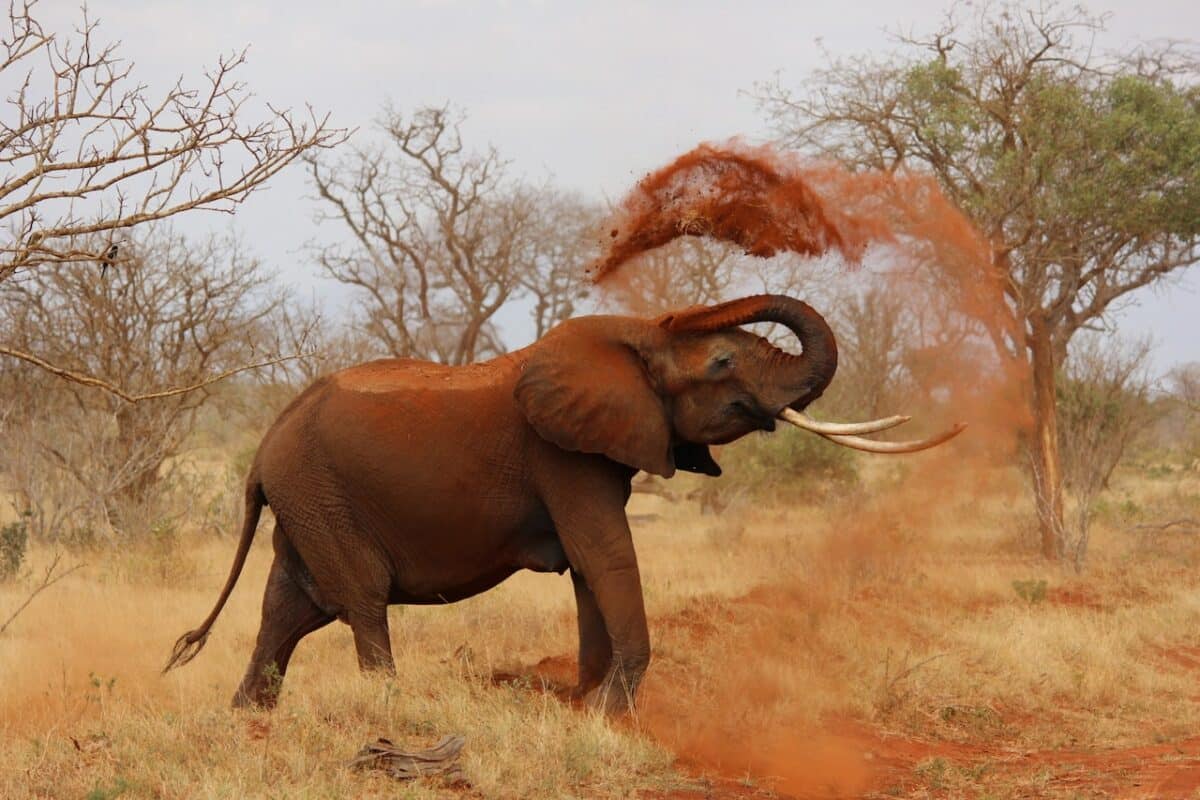
| Jackals are opportunistic predators that scavenge or hunt smaller prey. They live in packs and cooperate to take down larger prey. |
| Scavengers are an essential part of the food chain, as they help to dispose of dead animals that may otherwise attract predators or become infected with the disease. |
| Survival in the wild is a constant battle requiring various strategies to ensure success. |
| The jackal successfully fed on the elephant carcass, but it eventually had to retreat when other scavengers like hyenas and vultures arrived on the scene. |
| By supporting these initiatives, we can play a role in safeguarding the natural world and promoting a sustainable future for all living beings. |
Wrapping Up with Elephant vs. Jackal
The story of the jackal and the elephant is a testament to the fantastic complexity of the natural world. While animal behavior can sometimes seem random or unpredictable, there is always a deeper logic and purpose behind it. By studying these interactions, we can gain a deeper appreciation for the intricate web of life surrounding us and work to ensure its preservation for future generations.
Thanks for following along with me! I hope you enjoyed reading about a topic that intrigues me.
Next up is ~
- Daring Move made by a Jackal in the Shadow of an Elephant
- Stealthy Bobcat Ambushes An Unsuspecting Deer
Join our Forum for free today!

- Kind Elephant Merciful To Lion Cubs - July 22, 2024
- Beachgoers Save Massive Shark Stranded In Florida - July 22, 2024
- Pit Bull Rescued From Being Chained Its Whole Life Gets A Surprise - July 21, 2024

